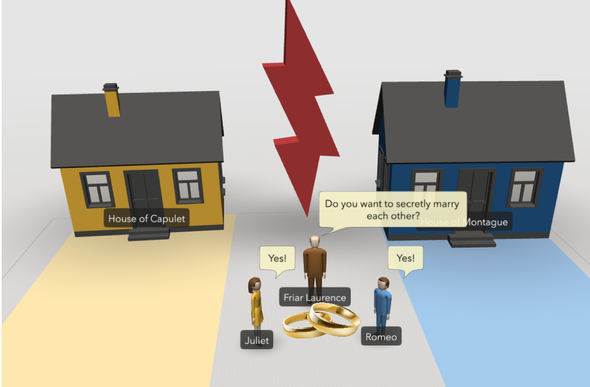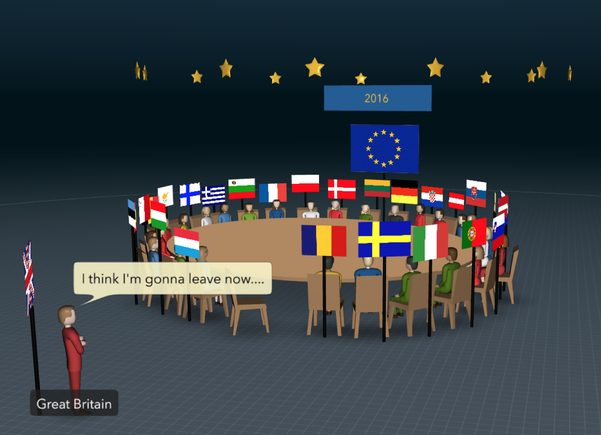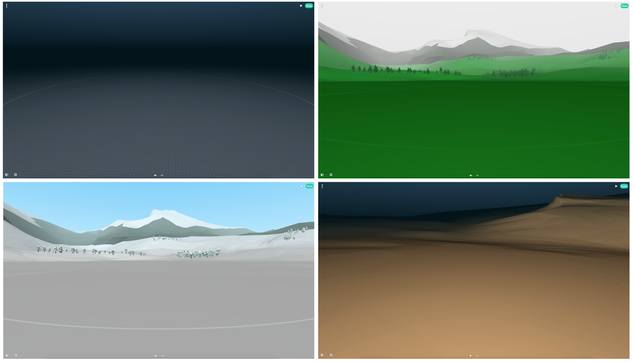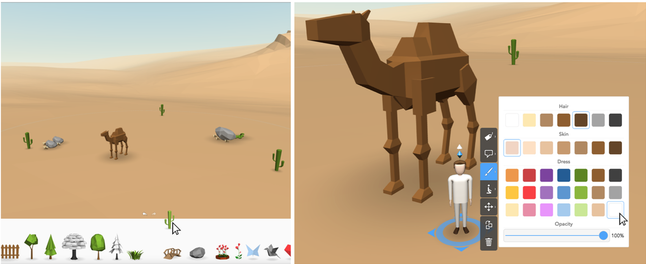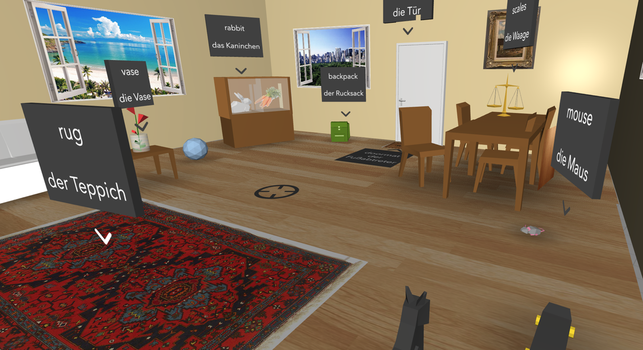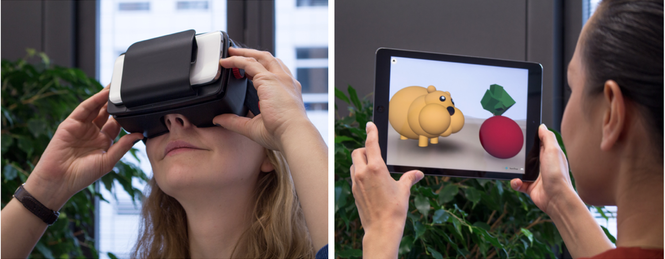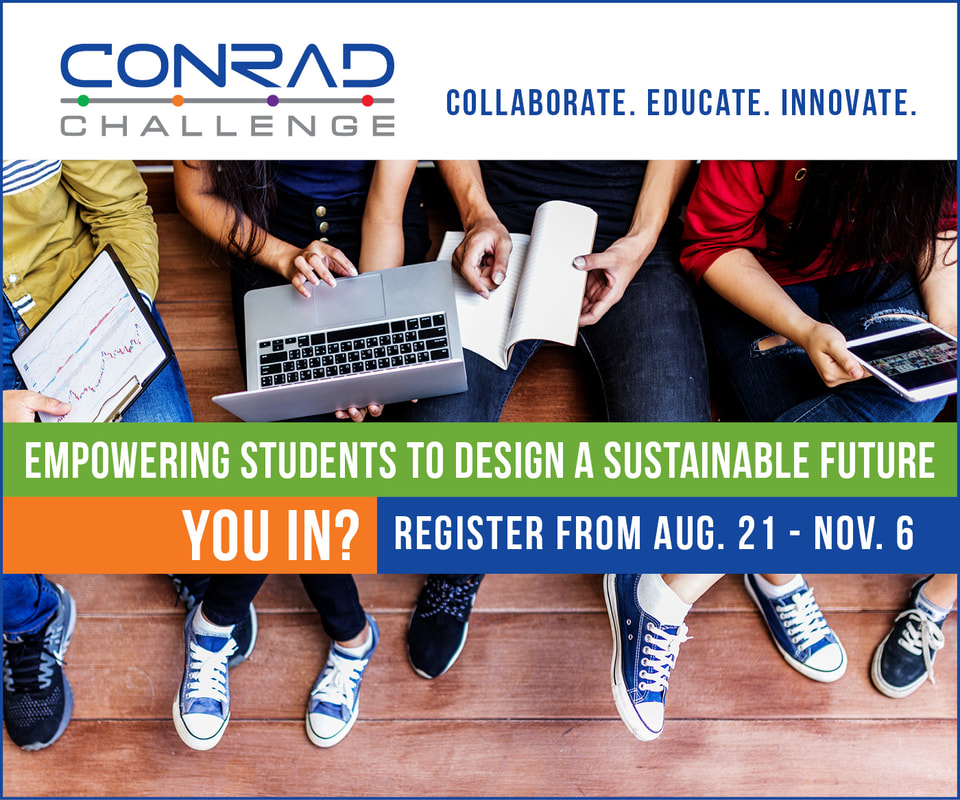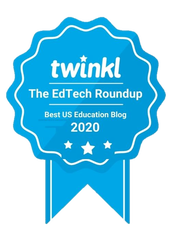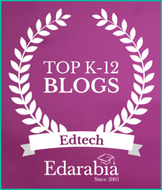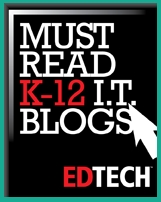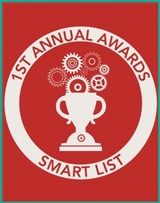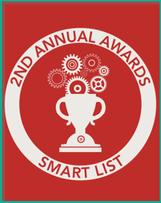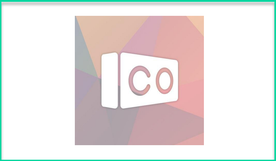
How to use VR creation in class
However, before looking at the tool, let’s take a step back and consider VR creation in the classroom itself. For some people, it may be self-evident why kids benefit from virtual field trips to China, Italy, or Mars. It’s similar to reasons that also apply to “traditional field trips.”
With regards to creating and exploring their own VR content, it might not be that obvious why teachers should encourage their students to do so. Therefore, creativity and an eagerness to experiment come in handy when you want to dive into the topic of VR creation with your class.
Here are some aspects why creating VR projects can enrich the curriculum:
1) Active use of new technology: First of all, when talking about VR as a technology in class, it’s nice to explore not only the passive consumer side but to also give your students the possibility to actively create something.
2) Creativity: When it comes to creating, creativity is always a good keyword: Just like drawing, modelling or free writing, building VR worlds is a means for students to explore and express their creativity. Being able to enter their own creations adds a new level of fascination.
3) Storytelling: Understanding and telling stories is an important skill. And VR is an interesting new medium to experiment with that skill – especially since it plays by different rules than most classic media. Students can develop their own storylines or try to recreate scenes from books read in class. This is also a compelling way to bring together literature and technology.
4) Building models: Building a model of something – for example, a chemical substance or a political institution – helps to get a better understanding of its complexity. With CoSpaces, students can build three-dimensional models without the need for papier mâché. The possibility to step into them in VR, makes abstract things more graspable.
5) Memorizing: Many memorizing techniques rely on placing reminders in an imaginary space. With virtual reality, these spaces don’t have to be imaginary. Instead, students can create and walk through virtual memory spaces. This doesn’t only make it more memorizable but also allows them to share their mnemonics with others.
6) Presentation: Virtual reality offers a whole new medium for displaying information. Why shouldn’t students – instead of doing a classical presentation or poster about a topic – be their own curator and create a little VR exhibition? Or explain the topic in an immersive infographic?
Since VR as a medium has few limitations, there are probably many more aspects that make it interesting for the classroom.
Creating VR with CoSpaces: The Browser App
If you now think that your class could benefit from a creative VR project, you should consider trying CoSpaces. The platform consists of two apps, which are both free: With the browser app, you can create spaces, with the mobile app (and a cardboard) you can explore them in VR.
Let’s look at the browser app first. It runs on computers or laptops, at best in the most recent version of Google Chrome or Firefox. In order to use it, all you need to do is create an account by signing up for free. Then the application will take you to a dashboard where you can start creating a project right away. First, you’ll find an empty stage. The surroundings can be modified by adding different backgrounds (for example, mountains or a desert). Additionally, you can change the lighting and weather conditions.
The most important part, however, doesn’t happen in the background but on the stage. Here you are able to build scenes, using a kind of virtual toybox. In order to add a camel to your space, for example, you just snatch it from the library and drag it to the stage. Here, your camel can be individually adapted in respects to size, elevation and color.
By putting together and combining different objects, students can easily create scenes that tell a story. Additionally, there is the possibility to add photos, text boxes, audio files and speech bubbles. These features allow to include information in various ways. Below, is an example of a virtual space for learning vocabulary.
While these are the basic features for creating content with CoSpaces right now, Delightex, the startup behind it, is constantly working on improving and expanding the platform’s features. One of the biggest upcoming changes is the possibility to add scripting to the projects. Like that, students will not only be able to build their own VR content but also animate it or make it interactive – and learn some coding on the way.
However, let’s stay with the present for now: Whatever you build with CoSpaces can easily be shared. Each space has a unique link that allows others to look at your creation. The most interesting feature, however, is that you cannot only look at virtual spaces from the outside, but literally enter them.
Exploring VR with CoSpaces: The Mobile App
To experience CoSpaces creations in VR, you just need a cardboard, a smartphone and the free app. Once you’ve logged into the app with your account, you’ll find all your creations there. If you select one of them and tap the little cardboard-shaped button in the lower right-hand corner, the app will go to the stereoscopic mode. All you have to do now, is to put the phone in your cardboard.
Once you have put the headset on, you’re taken inside the VR creation. Here, you can look around and, if your headset comes with a button, also take a little stroll inside the space. If something is not to your liking, just go back to the browser app and change it – both applications are connected in real time. You’ll even see the changes someone else is making to the space you’re in it.
Of course, you can also explore spaces that others have built (even if you can’t just change them). Just open the link to the space in your browser and use the button in the lower right-hand corner to switch to stereoscopic mode.
By the way, if you don’t have enough cardboards for each student: CoSpaces creations can also be explored in gyroscope mode, which doesn’t require anything but a mobile device. This also works perfectly on tablets (which usually refuse to fit into any cardboard).
What CoSpaces Has to Offer
What makes CoSpaces interesting for class is that it has a low entry level in many ways. It is free, intuitive to use and doesn’t require special hardware – apart from a cardboard viewer if you want to experience the VR mode.
For anyone who has started or plans to explore virtual reality with their class, CoSpaces is an interesting tool – and a great supplement for VR field trips, enabling students to explore the new medium from a creator’s perspective.

